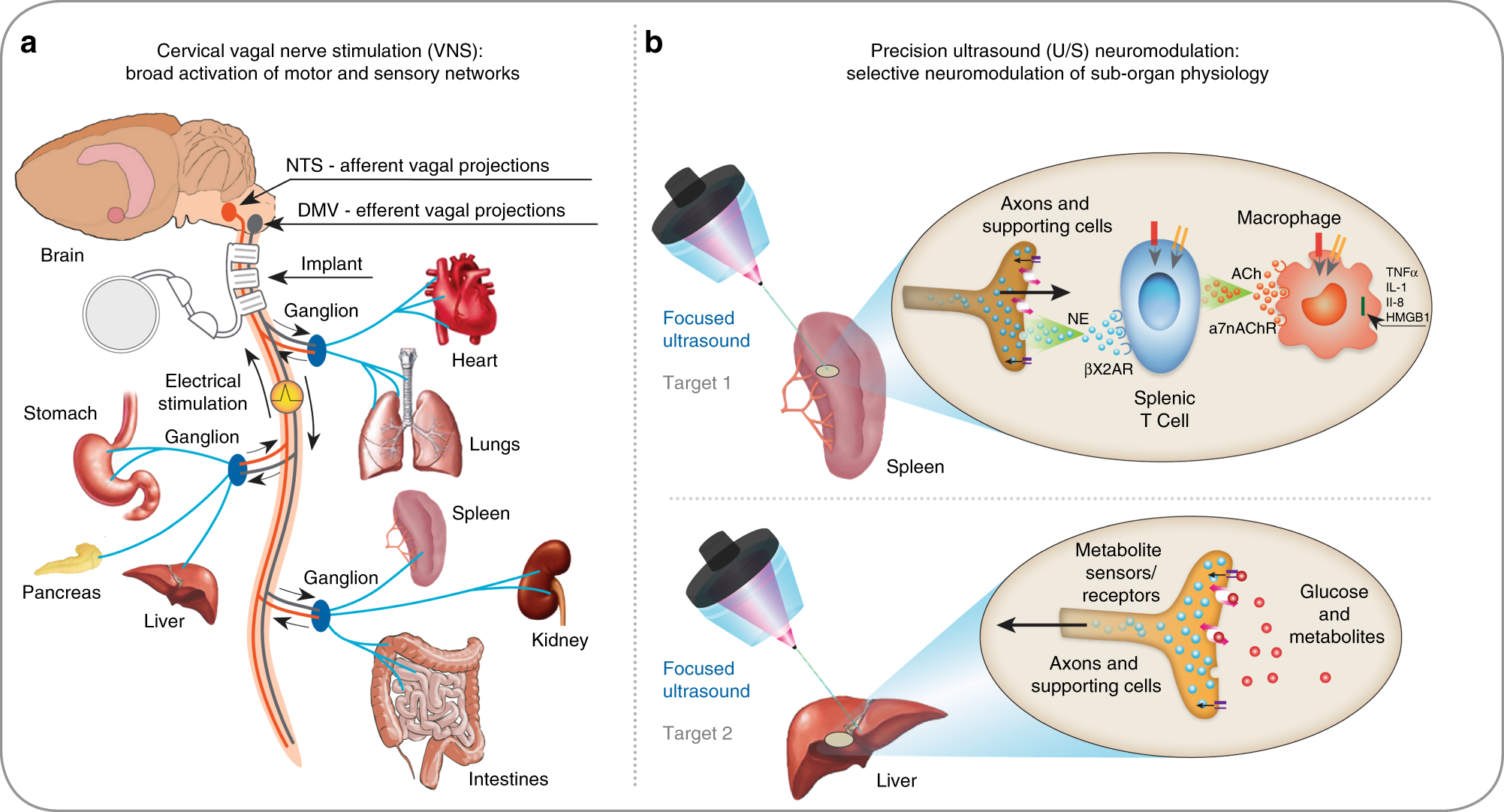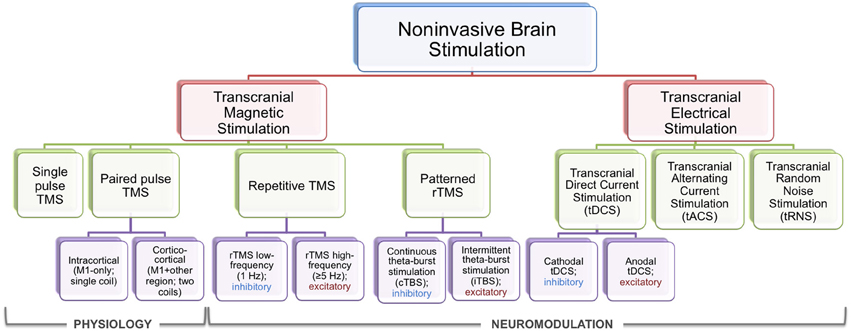Non-Invasive Neurostimulation Timeline: From Ancient to Modern Tech
At NeuroTechInsider.com, we decode the science and real-world impact of today’s most advanced non-invasive neurostimulation devices. But these groundbreaking tools—like NeuroVIZR, Apollo Neuro, and Audicin—didn’t emerge overnight. They are the product of centuries of discovery, trial, error, and innovation. To really understand where these devices are headed, we have to look back at how they began.
From ancient rituals to electromagnetic breakthroughs to today’s precision brain-tech wearables, this is the timeline of non-invasive neurostimulation—a journey that’s reshaping how we treat the brain, without pills, surgery, or noise.
1. What Is Non-Invasive Neurostimulation?
In plain terms, non-invasive neurostimulation refers to techniques that stimulate the brain or nervous system from outside the body—no implants, no surgery, and (mostly) no side effects. These methods use energy like electricity, magnetic fields, light, or sound to modulate brain activity, aiming to:
- Improve sleep quality
- Relieve chronic pain
- Alleviate anxiety and depression
- Enhance cognitive performance
- Boost focus and attention (especially in ADHD)
What was once confined to hospital-grade equipment is now showing up in consumer-friendly wearables—headbands, ear clips, neckbands—designed for daily life. But how did we get here? Let’s trace the tech back to its wild beginnings.
2. Ancient Roots of Brain Stimulation
2.1 Electric Fish Therapy in Ancient Egypt and Greece
Long before clinical trials and FDA approvals, healers in Ancient Egypt and Greece used the electric properties of torpedo fish (Torpedo nobiliana) to treat conditions like migraines and arthritis. Yes—actual electric fish!
“The patient, being placed upon the live black torpedo, immediately became numb,” reported Scribonius Largus, physician to Emperor Claudius (circa 46 AD).
This was perhaps the earliest form of electrotherapy. It wasn’t science-based as we define it today, but the link between neural pain relief and electric stimulation was being explored, intuitively, even then.

Source: Springer Nature – The Evolution of Brain Stimulation
3. 19th Century: Electricity Enters the Chat
3.1 Faraday and Electromagnetic Induction
Fast forward to 1831. Michael Faraday discovered electromagnetic induction, proving that magnetic fields could produce electric currents. This laid the scientific foundation for everything from brain stimulation to electric generators.
Why does that matter? Because today’s transcranial magnetic stimulation (TMS) literally works on the same principle—using magnetic pulses to induce tiny currents in the brain.
- Electricity → Magnetic field → Induced brain activity
Without Faraday, there’d be no TMS headsets or magnet-based therapies that people now use to treat depression, migraines, and beyond.
4. The Rise of Modern Neurostimulation
4.1 1930s: Electroconvulsive Therapy (ECT)
In the 1930s, psychiatry introduced one of its most powerful tools—electroconvulsive therapy (ECT). This technique applies controlled electric currents to the brain under anesthesia, triggering seizures that can rapidly alleviate severe depression.
Despite its controversial image in pop culture, ECT remains one of the most effective treatments for treatment-resistant depression—but it’s invasive, hospital-based, and comes with side effects like memory loss.
This drove the search for gentler, more focused methods—which brings us to the magnetic age.
4.2 1985: Transcranial Magnetic Stimulation (TMS)
In 1985, Anthony Barker and colleagues introduced transcranial magnetic stimulation—a game-changer. With a wand-like coil, TMS sends pulsed magnetic fields through the skull to activate specific brain regions. It was the first truly non-invasive method to modulate neural circuits.
TMS is now FDA-approved for:
- Major depressive disorder
- Obsessive-compulsive disorder
- Migraine prevention
![]()
Source: Elsevier – Advances in Neurostimulation
4.3 Mid-20th Century: tDCS and the Modulation Revolution
While TMS was making waves in the 80s, another technique was bubbling under: transcranial direct current stimulation (tDCS).
This involves applying low-level electrical currents via electrodes placed on the scalp. Unlike TMS, tDCS doesn’t force neurons to fire—it nudges them, making it easier (or harder) for neurons to activate. The result? Modulated brain plasticity, with fewer side effects.
tDCS is now widely studied for:
- Enhancing memory and learning
- Treating depression and anxiety
- Improving motor rehab after stroke
- Boosting attention and focus in ADHD
And unlike TMS, many tDCS devices are now wearable, affordable, and sold directly to consumers. They’re portable, app-controlled, and accessible to anyone with a smartphone.
5. 21st Century: Precision, Depth, and Consumer Tech
5.1 tFUS – Transcranial Focused Ultrasound
Want to go deep? Meet transcranial focused ultrasound (tFUS)—a method that uses precisely targeted sound waves to stimulate subcortical brain structures, something TMS and tDCS can’t easily reach.
tFUS shows promise in areas like:
- Parkinson’s disease
- Major depression
- Alzheimer’s treatment
- Stroke rehabilitation
It’s still mostly experimental, but the level of targeting and depth modulation it offers is unmatched in non-invasive tech.
![]()
Source: Elsevier – Focused Ultrasound Therapy
In part two of this timeline, we’ll dive into today’s newest methods—like tACS, photobiomodulation, and consumer-grade neurotech devices—and explore how they’re moving from labs to living rooms.
Stay tuned to NeuroTechInsider.com—where we separate the hype from the real science, so you can take control of your brain health without the noise.
5.2 tACS, tRNS, and Photobiomodulation: The New Wave
The neurostimulation space didn’t stop evolving with tDCS or TMS. We’ve entered a new era of multi-modal neuromodulation—layering light, noise, and alternating current to tap into deeper neuroplastic mechanisms.
- tACS (Transcranial Alternating Current Stimulation): Uses rhythmic electrical waves to entrain brain oscillations, aiming to enhance focus, sleep cycles, or memory consolidation.
- tRNS (Transcranial Random Noise Stimulation): Applies random electrical noise, believed to boost cognitive performance and learning by increasing cortical excitability.
- Photobiomodulation (PBM): Involves infrared or red light targeting the brain to support mitochondrial function and improve blood flow—commonly used for fatigue, brain fog, or injury recovery.
One of the most exciting devices in this category is the NeuroVIZR, which combines 40Hz light and sound stimulation—a frequency shown in MIT research to potentially reduce amyloid plaque in early Alzheimer’s models. NeuroVIZR isn’t just wearable therapy, it’s a visual neural training experience.
External Study: Frontiers in Human Neuroscience – Brain Modulation via Non-Invasive Means

5.3 The Rise of Consumer Neurostimulation Devices
What used to be lab-bound is now showing up in your bedroom, your office, and even your gym bag. Thanks to innovation in design, battery life, and app integrations, consumer-grade neurostimulation wearables are exploding in popularity.
These devices are tackling real-world issues like:
- Insomnia and sleep latency (e.g. Audicin, CES ear clips)
- Burnout and stress regulation (e.g. Apollo Neuro, vibrotactile wearables)
- Executive dysfunction in ADHD (e.g. tDCS headsets)
- Circadian rhythm resetting (e.g. 40Hz light visors, red light bands)
“We’re not just calming the nervous system—we’re retraining it,” says Dr. David Rabin, co-founder of Apollo Neuro. “This is self-directed neuroplasticity in motion.”
At NeuroTechInsider.com, we’ve tested and compared dozens of these tools—from NR9 brainwave entrainment systems to vagus nerve stimulators—to help you cut through the hype and make evidence-backed decisions.
6. Regulatory and Clinical Milestones
6.1 FDA Approvals and Expanded Applications
The U.S. FDA has already approved multiple neurostimulation methods for medical use, including:
- TMS for major depressive disorder, OCD, and migraines
- CES (Cranial Electrotherapy Stimulation) for anxiety, insomnia, and pain management
Meanwhile, tDCS and PBM are currently being studied for their use in:
- Post-stroke rehabilitation
- Parkinson’s symptom management
- PTSD and trauma therapy
- Enhanced memory retention in early Alzheimer’s
These approvals are crucial—they bring legitimacy to the field and create pathways for safer, smarter at-home options for consumers like you.
6.2 Brain Wellness Beyond the Clinic
Here’s where it gets interesting: neurostimulation isn’t just about healing dysfunction—it’s also about enhancing what already works.
- Gamers use tDCS to boost reaction time.
- Entrepreneurs rely on tACS to get into flow states faster.
- Burned-out parents are trying CES to get better sleep without meds.
This is no longer just a medical conversation—it’s a wellness revolution built on neuroscience.
7. The Future: Personalized, Precise, Portable
Looking ahead, the next chapter in non-invasive brain stimulation will be marked by AI integration, closed-loop feedback systems, and ultra-personalized settings based on biometrics. Imagine a headset that automatically adjusts stimulation based on your EEG or HRV in real time. We’re already seeing glimpses of this in platforms like Sens.ai and Xen by Neuvana.
At NeuroTechInsider, we believe the future of mental wellness and cognitive health lies in these intelligent, adaptive wearables that bring science-based interventions into your daily routines—no therapist, no lab coat, just data-driven healing on your terms.
8. Conclusion: From Fish to Frequency
From ancient electric fish to today’s AI-powered neurostimulation wearables, the journey of non-invasive neurostimulation is one of constant reinvention and radical possibility. As the science becomes more accessible and the tech more personalized, we’re witnessing a fundamental shift in how we take care of our brains.
Whether you’re struggling with insomnia or just looking to upgrade your cognitive performance, these tools are no longer the future—they’re the present. And at NeuroTechInsider.com, we’re here to guide you through every frequency, feature, and firmware update that shapes the next generation of brain wellness.
Because your mind deserves more than medication. It deserves innovation.
Frequently Asked Questions
What is the safest form of non-invasive neurostimulation?
CES (Cranial Electrotherapy Stimulation) is often considered one of the safest modalities, especially for anxiety and insomnia. However, safety also depends on the correct usage, device quality, and individual health status. Always consult your doctor before starting neurostimulation.
Can brain stimulation improve memory or learning?
Studies show tDCS and tACS may enhance memory consolidation and attention, especially during task-specific training. Effects vary by individual and frequency of use.
Are consumer-grade devices as effective as clinical ones?
Not always. While devices like NeuroVIZR or Apollo Neuro offer real benefits, clinical devices operate at higher intensities with physician oversight. But for general wellness, today’s consumer options are powerful enough to make a difference.
How do I choose the right neurotech device?
Start by identifying your main goal: better sleep, less anxiety, sharper focus? Then explore detailed reviews on NeuroTechInsider.com where we break down the best options for each use case, budget, and lifestyle.
https://www.frontiersin.org/files/Articles/75990/fnhum-08-00378-HTML/image_m/fnhum-08-00378-g002.jpg
